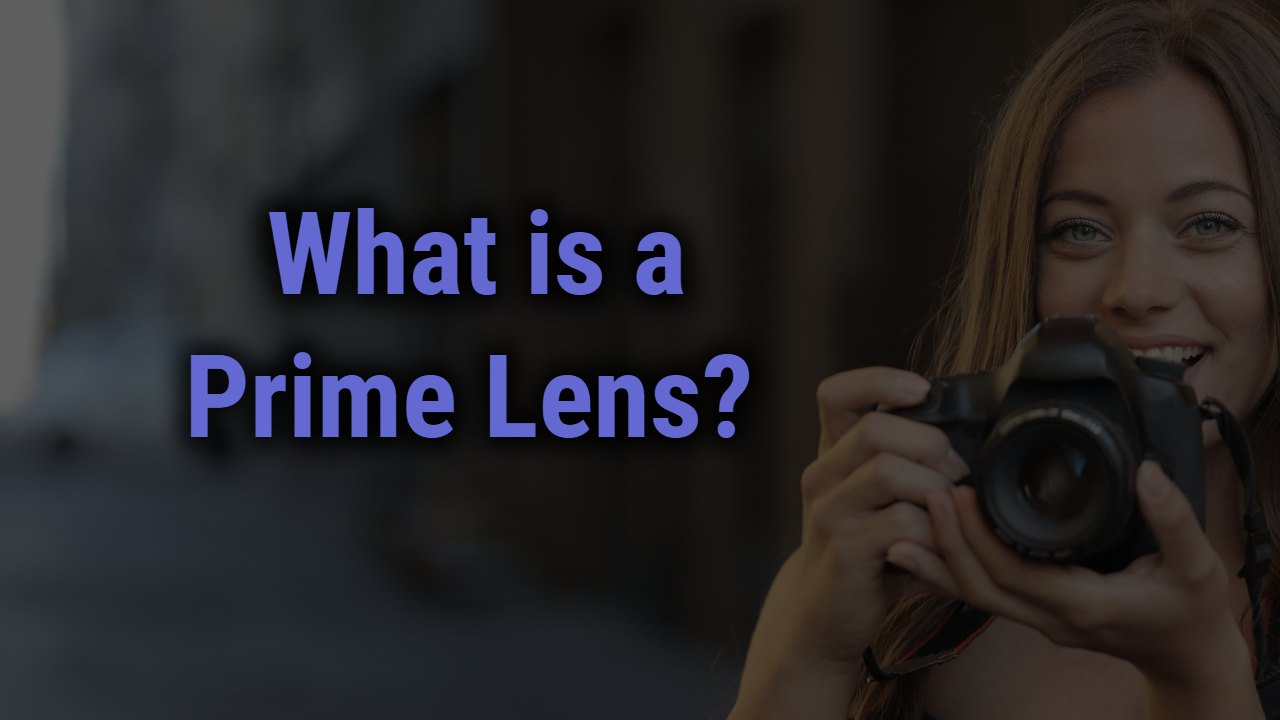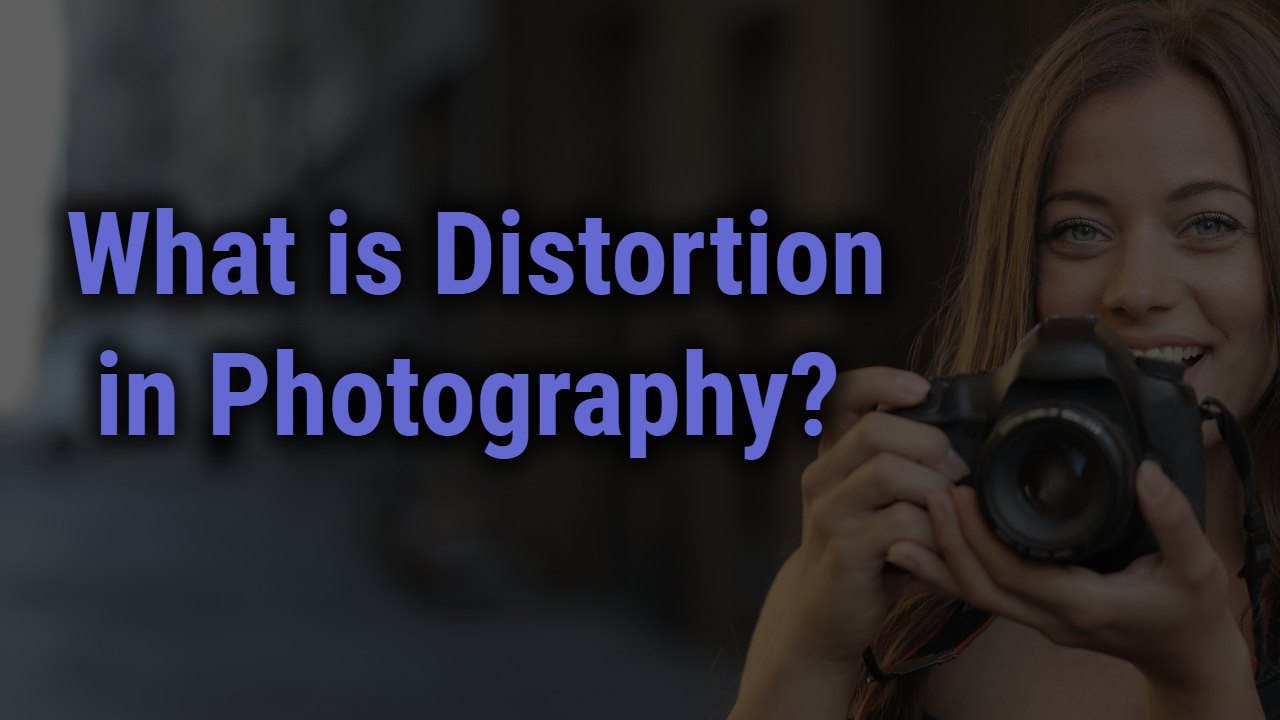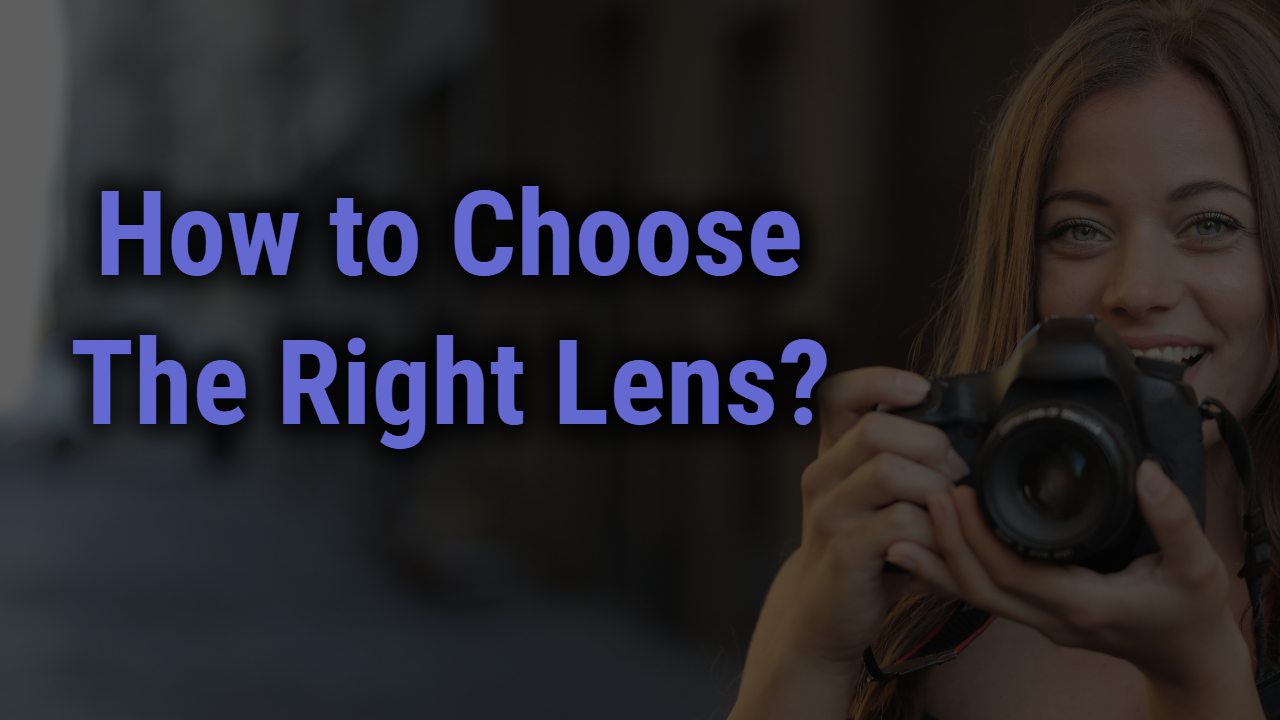Picking the right lens for your camera is the key factor in unleashing magnificent photography results to the shooting rivals, But it’s the most complicated procedure too.
Whether you are an entry-level photographer or a professional, you must be already familiar with the artistic sovereignty of prime lenses. The prime lenses are premium lenses with fixed or single focal length surrounding the immense creativity, and convenience one could get in photography.
We have made insightful guidance on what these prime lenses are along with their advantages and disadvantages. The biggest of all-time debate going from decades over the lens type is prime vs. zoom.
So, you can also see their differences along with prime lens supremacy over it in the article. So, without wasting a bit, let’s dive in and see the magical world of the prime lens.
This Post Contains
What is the Prime Lens?
Let’s stick to the theory that prime lenses are the lens with the fixed focal length and don’t allow zooming in and out. The prime lens corporate a single focal length optimized to shoot a high-quality image, and they are highly preferred by professional photographers and filmmakers who want the best optical quality and convenience together.
The prime lenses are considerably smallest, lightest, and most compact, which assures the convenience and comfort of the photographer and benefits creativity in the more amazing way possible.
The simplicity and artistic vibes of the prime lens justify the lens engagement with a faster aperture which is another reason people prefer this specific lens category.
Prime lenses have been famed wisely in the market; they come in different shapes, sizes, and prices. Let’s see why it is called a prime lens.
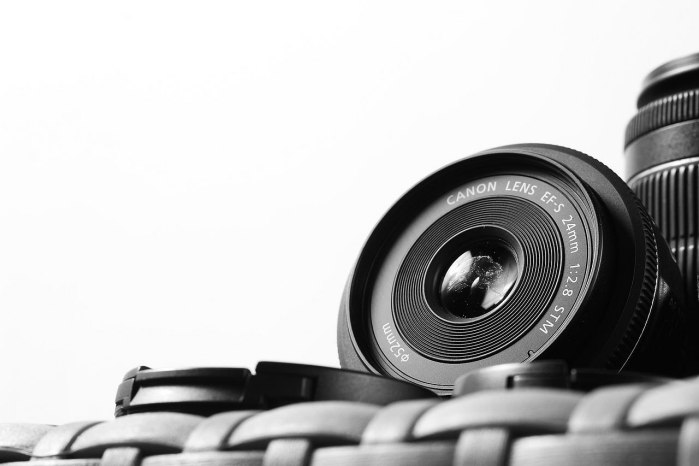
Why are they called Prime lenses?
Well, hyper-theoretically Prime lenses are attached with premium abilities. But the real deal is that the lens originated from an early era, but that doesn’t state the abilities of the lens are ordinary or old.
The word “prime” refers to “the main lens in the combination lens system,” according to the early edition. The prime words refer to primary, original, first in order, Chief, and auxiliary lens.
History of Prime lenses
The prime lenses were introduced a long time ago. This lens comes inbuilt into the camera or when the camera lens is used in other optical devices. The prime lenses are the earliest camera optics that corporate with the sharpest quality and fastest performance.
These prime lenses are considered to have the simplest design; they include fewer glass elements and groups than any other lens, which might be the reason for no adjustment in the zooming length.
No zooming in or out also articulates that the lens doesn’t carry a complex physical mechanism; the simplest design and configuration affect the manufacturing and retail pricing too.
Type of Prime lenses
Prime lenses are basically defined as the lens with fixed focal lengths, but they didn’t mention the focal length range. These prime lenses can be either wide fisheye lenses are super-telephoto lenses.
On the basis of their size, their ability to shoot, and their focal length, you can say these prime lenses can be classified into a few categories.
Macro prime lens– these macro prime lenses are used to capture the closest subject, keeping a precise closest distance without giving a dramatic or perspective effect. These lenses range from 12mm to 20mm.
Wide Prime lens– These types of lenses are best for shooting subjects at the center of the frame and other objects with a wider field of view. The prime lenses satisfying this category have a focal length range between 24mm to 35mm.
Standard prime lens– These lenses are standard; they are potent to catch what the human eye sees, covering a wide angle of view at a shorter distance. These standard prime lenses have a range of 50mm to 85mm
Telephoto prime lens– The longest telephoto prime lenses have the ability to catch the subject view kept at a longer distance, it merely works in portraits, and this includes a perspective effect. These lenses range from 135mm to 600mm+.
Advantages of Prime lenses
Prime or Fixed length lenses have the definite purpose of forcing you to experiment with creativity and improve your skill. These lenses are prime or premium for a reason; they unleash the artistic vibes to get trapped in the picture, keeping convenience in mind.
Let’s have a look at the top advantages of prime lenses and why one should consider this lens.
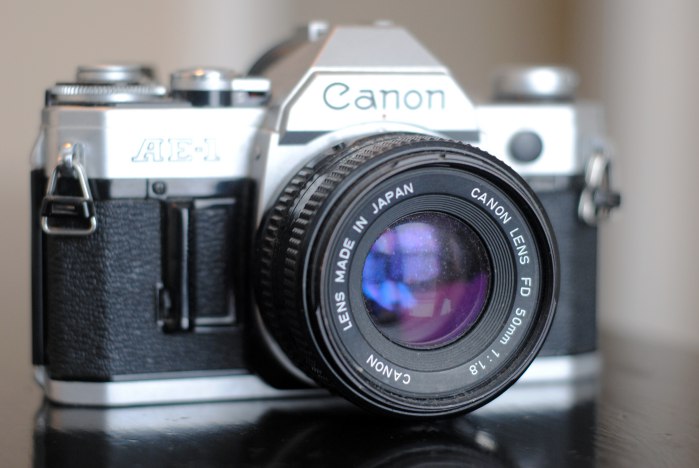
Sharper Image Quality– The prime lenses are widely known for not compromising the sharper image quality with creative effect.
Minimal Distortion – The prime lens has a fixed focal length and usually fewer focal lengths, which means minimal distortion.
Convenient– The prime lenses are considerably compact in size, lacking a complex manufacturing mechanism.
Maneuverability– These are also lightweight because of their easy configuration providing the least weight to satisfy highly portable criteria.
Value for money– The prime lenses are reasonably economical to purchase, aligning better image quality and convenience.
Wide aperture– Prime lenses provide a wide aperture, letting you isolate the subject with a vast amount of lighting, ensuring corner-to-corner sharpness.
Depth of field– These lenses are an expert in providing a shallow depth of field and specify narrow focus with blurred bokeh filter background.
Composition– Prime lenses have a tendency to keep you actively engaged and encourage you to envisage the composition often, eventually ending in improving the composition skill.
Fastest character– With the courtesy of wide-aperture granted in the prime lenses, these also benefited from the fastest shutter speed.
Straightforward usage– These lenses are considered entry-level lenses; they are relatively easiest with straightforward working and user-friendly management.
Creativity– These lenses are considered to have a more creative aspect because they can enhance any photo, give it a dramatic effect, or apply the right filter
Video filming– These lenses are best for shooting HD videos because they have shallow depth of field and wide-open aperture, and they work precisely with the least noise occurrence.
Performance– The prime lens optic results in an optically superior, sharp, and few aberrations in between, but they do have an excellent performance rate.
What size to pick in Prime lenses?
Enough with the creative abilities of a prime lens. If you are convinced of the supremacy of this lens, you must be already looking for a way to purchase it. Now, remember, prime lenses do come in different sizes and shapes. Their size is defined on the basis of their focal length,
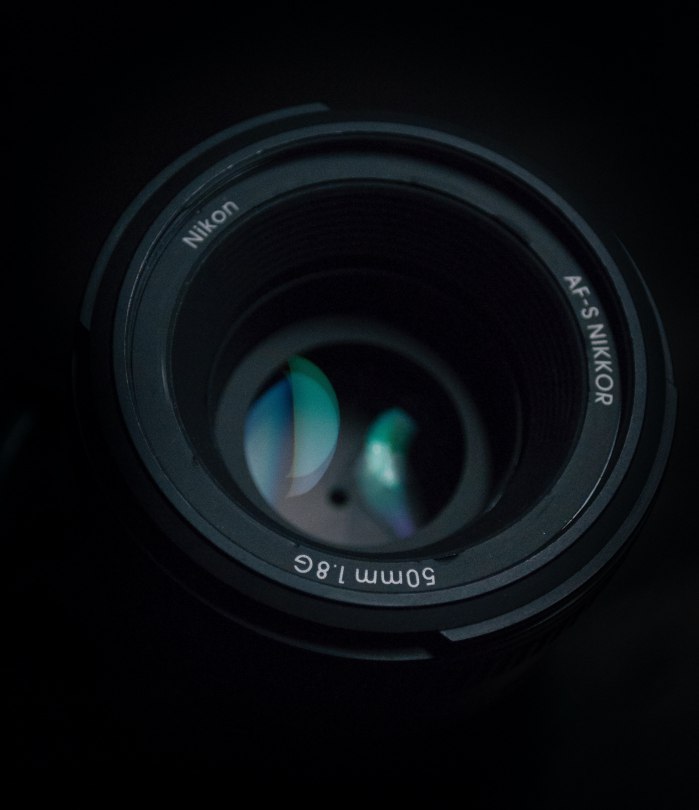
24mm– A prime lens provides a wide angle of view to capture more scenarios. This size grants a sharp image in either optimal or low light; Perfect for a landscape shooter
Best for – Street, Astrophotography, group, weddings, and sunsets
35mm– One of the most popular smallest, simplest prime lenses that are called closed as eyes because the focal length ideally fits how bare eyes see the world: Perfect for Architectural or everyday photographer
It is best for – Buildings, Food, Animals, household, cityscape, or regular portraits.
50mm– Another popular and effective prime lens known for top-notch sharpness and extreme low-light marvelous image capabilities. These are the smallest, convenient: perfect for landscape or portraits
Best for – Wildlife, detailed shot, candidate portrait, minimalist, architecture, or nature
85mm– One with the little longest short telephoto length, with magnificent bokeh ability and comfortability, to intimidate the subject at a certain distance with a pleasing perspective effect; Perfect for flattering portrait photography
Best for – Facial expression, full-body, flattering portraits, headshots, subtle sports, and wildlife
135mm– Enrich with the wonderful creativity, necessary advanced potential, and a telephoto focal length to accommodate a longer subject to the camera with ease; perfect for professional portraits photography
Best for – Wider portraits, headshots, wildlife, action, and street photography
Prime Vs. Zoom Lenses
Prime and zoom lenses have been ethical rivals for decades; there are numerous debates about which of them is best to choose. So let’s analyze their differences here, which eventually led to the ideal lens category result.
- A prime lens is one that has a fixed focal length, and they don’t zoom in or out, while the zoom provides a different zooming range.
- Prime lenses offer maximum aperture assuring edge-to-edge sharpness, while zoom lenses work with a narrow aperture.
- Prime lenses are compact, convenient, and lightest, while Zoom lenses are big, large, and heavy.
- A prime lens has the easiest configuration and mechanism, while a zoom lens can be complicated with the “professional” term.
- Prime lenses are affordable with a low manufacturing cost: while zoom lenses have the highest budget.
- A prime lens has better sharpness and image quality, while a zoom lens has raised versatility and advanced intelligence.
- Prime lenses give you a wide aperture but a shallower depth of field and a nice bokeh back, while the zoom lens has a wider depth of field with a tack-sharp back.
The Bottom Line
So, now you have uncovered the fruitful supremacy of the Prime lens; the beneficial side that every professional photographer knows how they are considered highly helpful in out-of-the-box filming quality.
These prime lenses are best with their widest-angle coverage in the frame, their ability to polish the image with adequate sharpness, and wonderfully delighted in low-light shooting scenarios.
Ultimately, they are an ideal option with better quality, convenience, and price for any landscape, group portraits, and astrophotography shooting.
The lens every enthusiast should have if they are on the path to becoming professionals, and every professional should have one who is constantly looking forward to enhancing their expertise.
All the secret advantages and usage stuff have been covered in the article, hopefully leading your way to an impeccable image quality streak. Don’t forget to leave your valuable thoughts below in the comment section.

